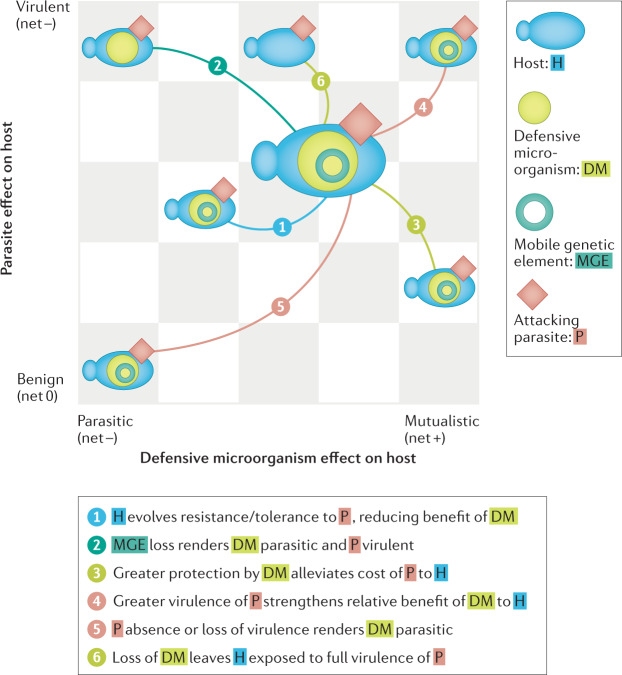Fig. 2. Transitions in a community context.
Defensive symbioses involve multiple species, including a host (H) and defensive microorganism (DM) that protects against an attacking parasite (P)113. Often, hidden players exist within a DM, such as mobile genetic elements (MGEs; for example phages, plasmids and transposable elements) that encode factors involved in the protective function of the DM. In this community, the evolutionary and ecological moves (examples denoted by arrows) of each player can affect the relative position of another on the parasite–mutualist continuum. Players may move, resulting in an overall beneficial (net+), detrimental (net–) or negligible (net 0) effect on host fitness. For example, if a MGE encodes key protective functions, then its loss (move 2) will shift the DM’s position towards parasitism (all cost and no benefit to host). Meanwhile, the costs of P to H will increase now that H is no longer protected by the DM and its MGE. Transitions here can also alter the coevolutionary patterns and processes between players and species.

